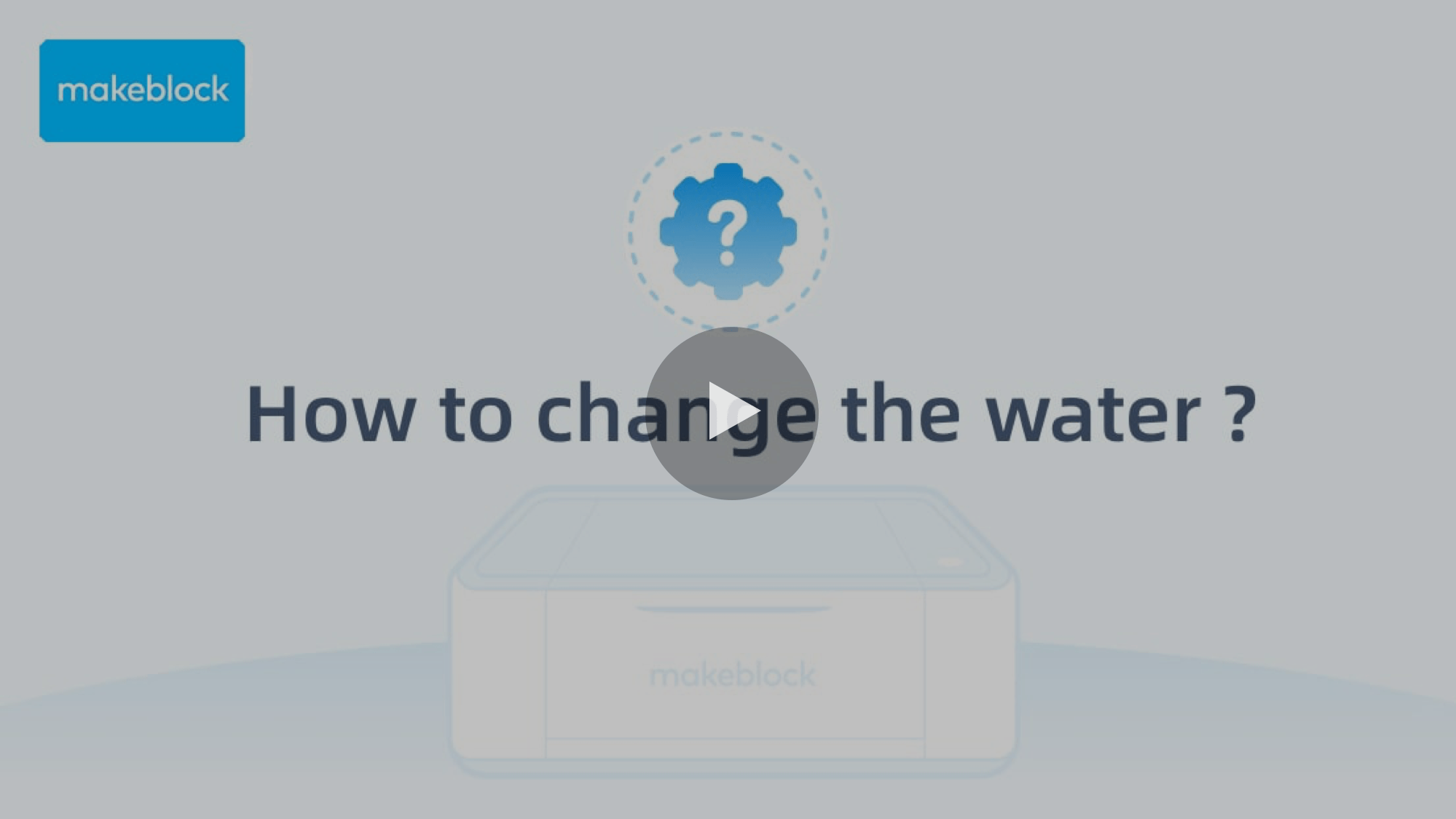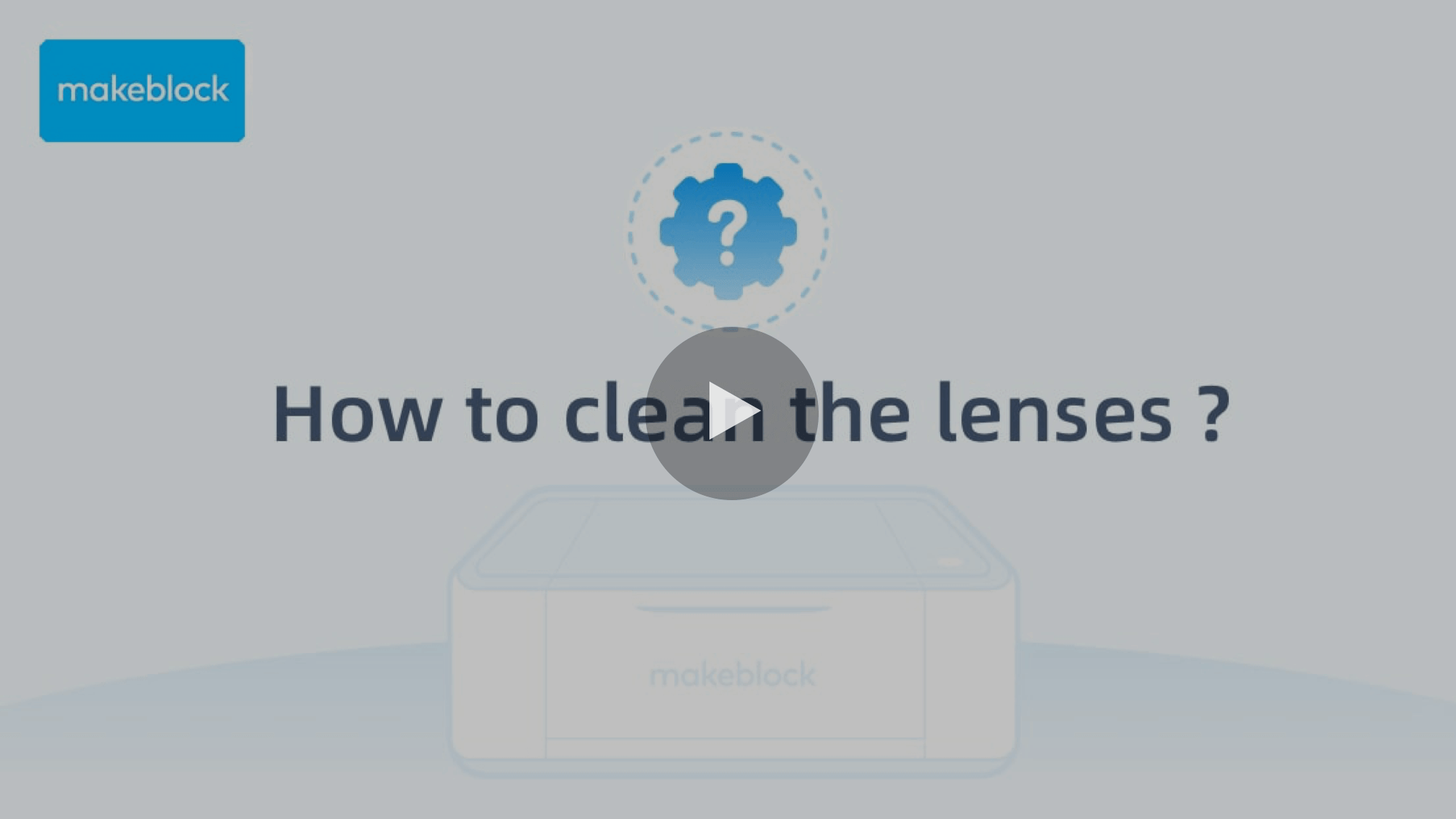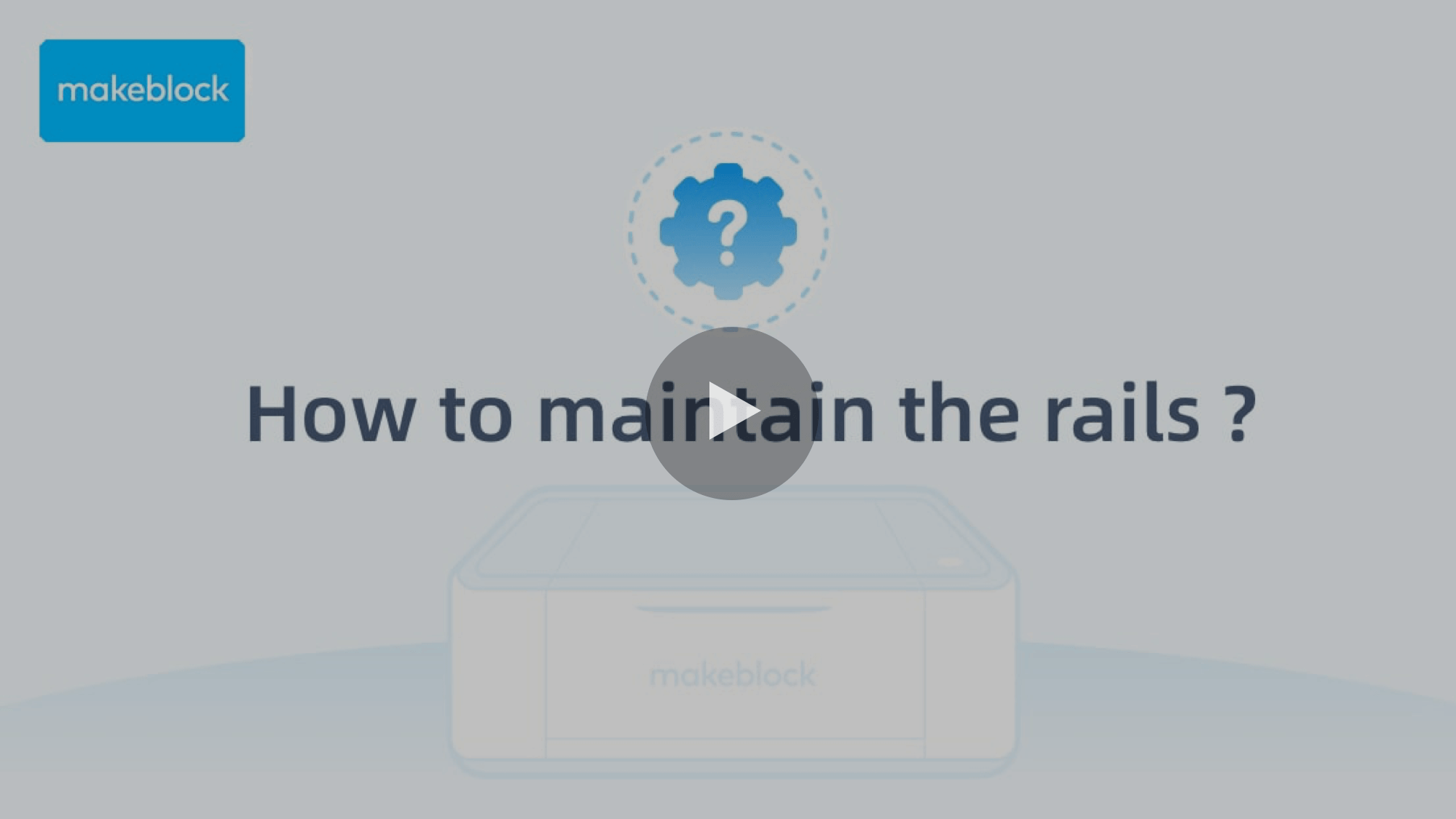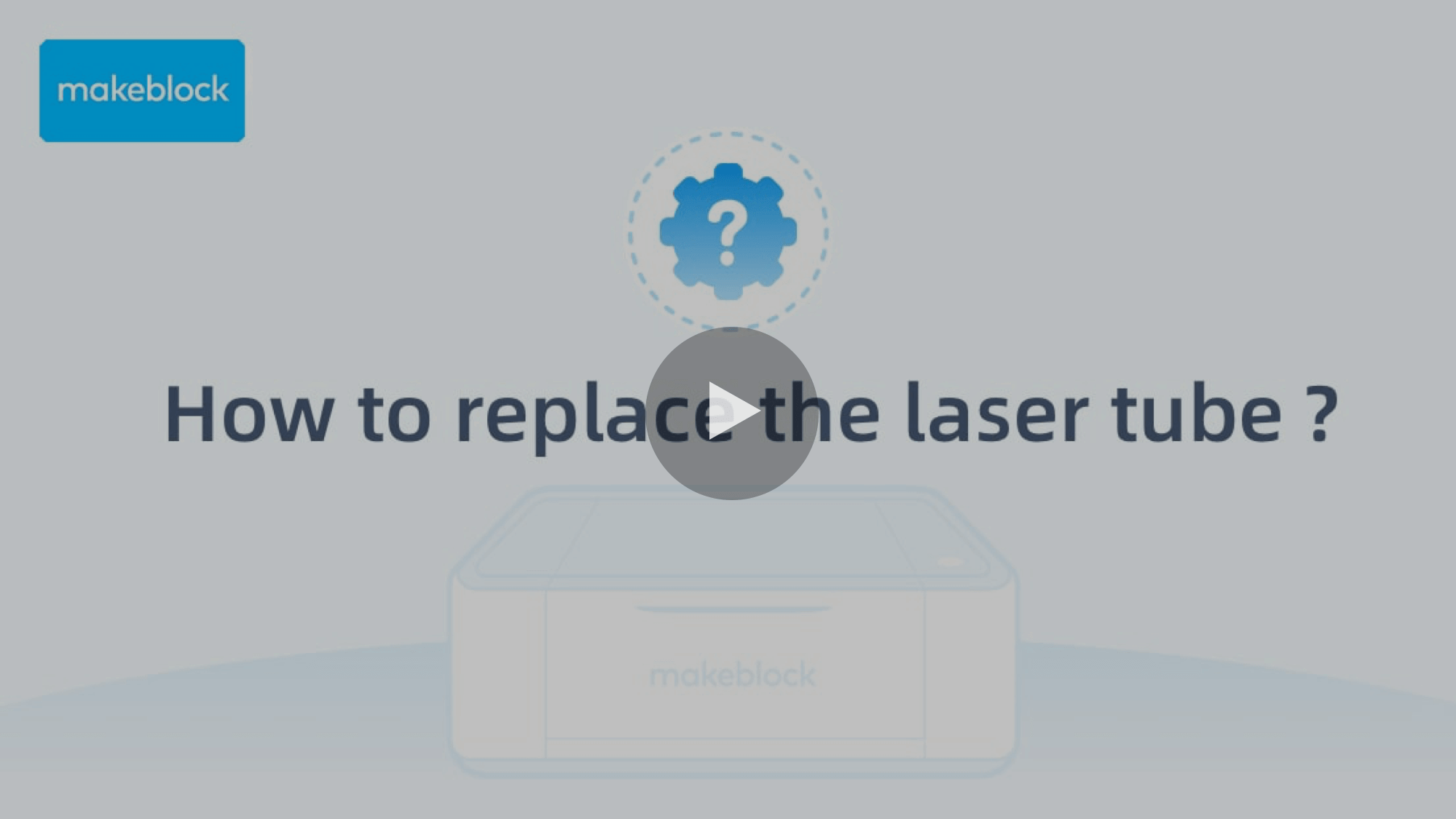
How to use Laserbox
Q1: Is Laserbox safe?
Q2: How does laser cutting work?
Q3: What types of files can be engraved by Laserbox?
Q4: What types of files can be laser cut by Laserbox?
Q5: How do the speed and power settings influence engravings/cuts?
Lower speed = Deeper engravings
Higher speed = More shallow engravings
Lower power = More shallow engravings
Higher power = Deeper engravings
For cutting:
Lower speed = Wider cuts
Higher speed = Slimmer cuts
Lower power = More shallow cuts
Higher power = Deeper cuts
Q6: How can I ensure the best performance of the Bring Sketch to Life functionality?
Q7: Any requirements on computer configurations if I want to use the software Laserbox?
Operating system: 64-bit Windows7/macOS Mojave10.13
Processor: Core i3 / AMD A6 2.4Ghz
RAM: 4GB RAM
Storage: 5GB available
Q8: Is Laserbox difficult to get started with?
Besides, Laserbox comes with a User Manual that’s designed to help you quickly pick up. You can also join our Facebook groups to communicate with other Laserbox users and learn from each other.
We’d like to help you out whenever you run into issues.
Laser Cutting Capabilities
Q1: Which materials can be laser cut/engraved by Laserbox?
Laserbox can cut/engrave the following materials:
Cardboard
Wood board
Acrylic
Cloth
Leather
Base plate
ABS double color sheet
PET
Rubber
Wood veneer
Glass fiber
Plastic
Corian
Most of non-metal materials can be laser cut/engraved by Laserbox.
However, if you would like to cut/engrave other materials that are not listed above, you could send your material to Makeblock for a further test.
Q2: Does Laserbox only support official materials provided by Makeblock?
Materials supported by Laserbox include but not limited to Makeblock’s official materials, but only official materials have been repeatedly tested by us. Using official materials, you can easily obtain the best experience and engravings/cuts without manually configuring parameters such as focus, speed or power because they are already properly set.
NOTE: The Bring Sketch to Life functionality only supports Makeblock’s official materials.
Q3: What's the thickness range of Laserbox?
Q4: Can metal be cut/engraved by Laserbox?
Despite this, Laserbox can engrave metal. You can use Laserbox to engrave your iPhone case (anodic aluminum oxide).
Q5: Which materials are not recommended to be engraved by Laserbox?
Leather including Chromium VI and artificial leather
Carbon fiber
PVC
PVB
PTFE
Beryllium oxide
Or materials containing halogens (Fluorine, Chlorine, Bromine, Iodine, and Astatine), epoxy resin or phenolic resin
Laser cutting or laser engraving the materials above might produce dust or gas which endanger operators or the laser cutter. Therefore, using laser equipment to process those materials is not recommended.
Besides, DO NOT cut/engrave the following types of materials:
Uneven materials
Wet materials
Dirty materials
Oversized materials
Note: The use of poor-quality materials may result in poor cutting/engraving or damage to the laser cutter. It is recommended to use Makeblock’s official materials.
Wear and Tear
Q1: How often do I need to change filters?
In short, the frequency of filter change varies greatly on what engraving material and processing method is used. Light users could change the filter every six months, while heavy users may need to change it about every month. Also, we recommend you change the filter if it gets clogged. When the filter is clogged, the smoke purifier will blink red, that’s Laserbox prompting you to replace the filter, and the companion software will also display a prompt.
Q2: How often do I need to change the laser tube?
Q3: Why do my basswood sheets warp?
(After-sales Contact)









